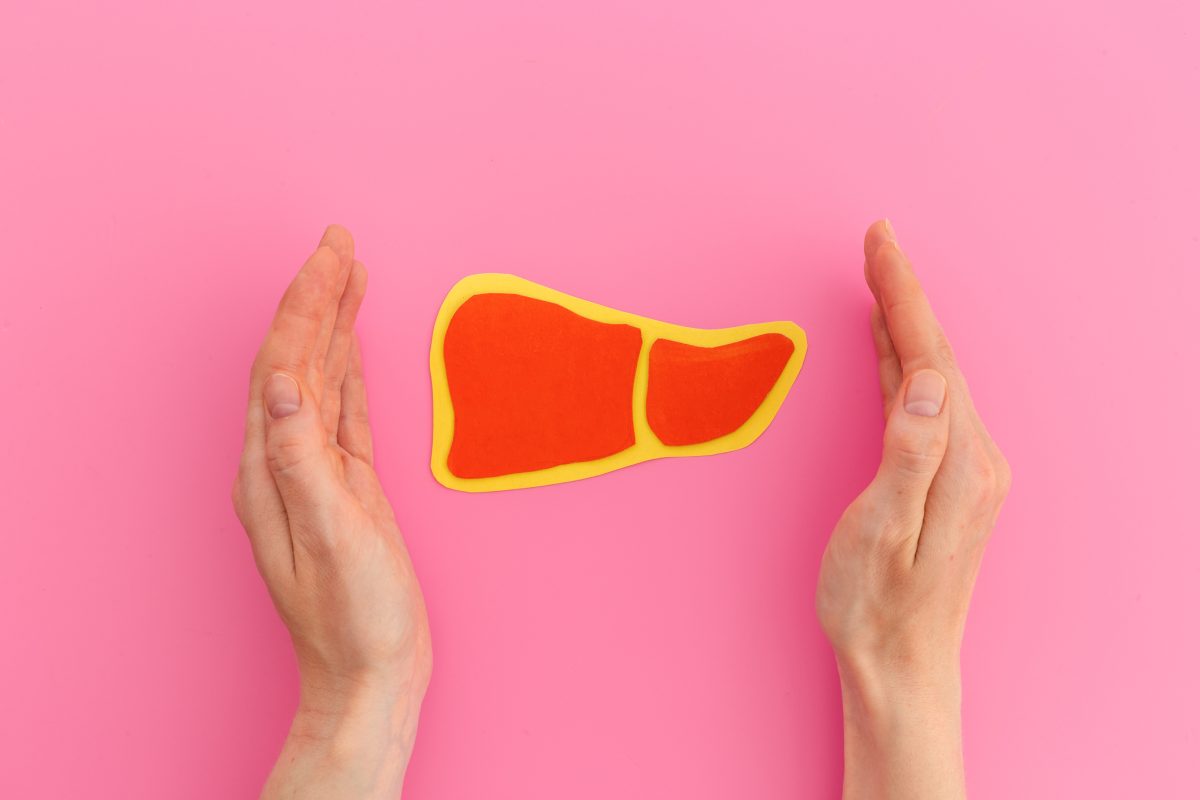Diabetes is a complex disease, largely because of the myriad other health risks associated with it.
If you have type 2 diabetes, your risk for heart disease, kidney disease, and nerve damage is higher.
So is the risk of liver disease, including cirrhosis and liver cancer.
And a recent study demonstrates that obesity skyrockets that risk.
How obesity makes a vicious cycle even worse
Type 2 diabetes involves insulin resistance, a condition where cells become less responsive to insulin. Insulin resistance can lead to a buildup of fat in the liver.
That’s why people with type 2 diabetes are at an increased risk of developing metabolic dysfunction-associated fatty liver disease (MASLD, formerly called non-alcoholic fatty liver disease or NAFLD).
Insulin resistance can worsen fatty liver disease, and fatty liver disease can, in turn, exacerbate insulin resistance, creating a vicious cycle
But a study at Sweden’s Linköping University Hospital has found that being obese will skyrocket the chances of someone with type 2 diabetes moving quickly from MASLD to cirrhosis or liver cancer.
Of the more than 300 people with type 2 diabetes who participated in the study, close to 59 percent had metabolic dysfunction-associated fatty liver disease, according to their MRI scans.
The researchers also used an ultrasound to measure liver stiffness, an indication of early-stage cirrhosis. These measurements showed that about 7 per cent of the participants had changes suggesting early-stage cirrhosis of the liver
But among those who had both type 2 diabetes and obesity, that number went up to13 percent as compared with only two percent in people who were not obese.
The finding is important for determining whether patients with type 2 diabetes should be screened for liver disease.
“People with both type 2 diabetes and obesity are a group at particular risk that healthcare should prioritise in future efforts,” says Dr. Wile Balkhed, a resident physician at Linköping University Hospital.
Prevent insulin resistance and support your liver
Make no mistake: insulin resistance is a sign that your metabolism is seriously out of whack. It means your pancreas, the organ that produces insulin, is exhausted, and the sooner you start an all-out effort to get your metabolism back in line, the better:
Lose a few pounds. Excess weight, especially belly fat, tops the list of causes of insulin resistance.
Exercise more. Many studies have also found that resistance training can increase insulin sensitivity among men and women with or without diabetes.
If you need help finding the energy to exercise, enlist the help of the antioxidant, PQQ, found to go after visceral fat (belly fat) while delivering the energy the body needs for exercise.
Eat healthy foods. Add more soluble fiber and colorful fruits like berries and vegetables to your diet. The more colorful the better, as these contain antioxidants that have been shown to help with weight loss and curb insulin resistance. Cut back on high glycemic foods like carbs (which stimulate excess insulin production), sugars and processed starches. Also, eat much less red meat.
Keep your vitamin D levels healthy. Several studies have connected low vitamin D levels to insulin sensitivity.
Boost CoQ10 levels. Research has also shown that low CoQ10 levels correlate to insulin resistance.
Get more sleep. Give up night owl habits. Getting more sleep can help reverse the effects of insulin resistance. Melatonin can be helpful in more ways than one.
Sources:
Fatty liver – but not liver damage – common in type 2 diabetes — Eureka Alert
Evaluating the prevalence and severity of metabolic dysfunction-associated steatotic liver disease in patients with type 2 diabetes mellitus in primary care — Journal of Internal Medicine
Diabetes and obesity can damage the liver to the point of failure — UMass Chan Medical School
Read full article here




